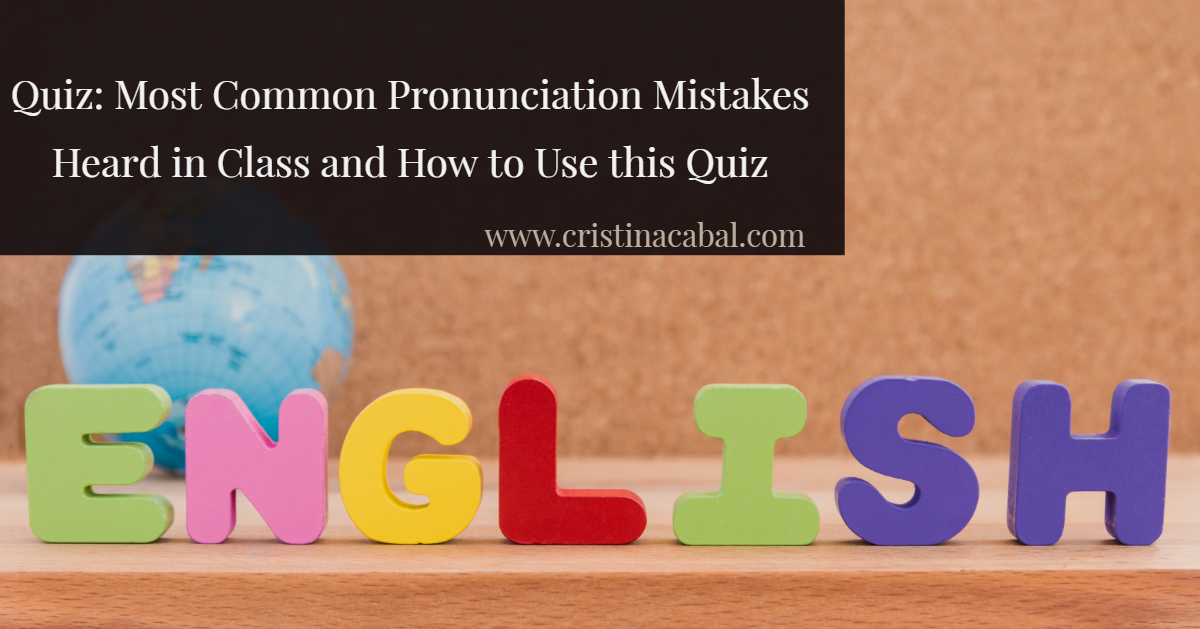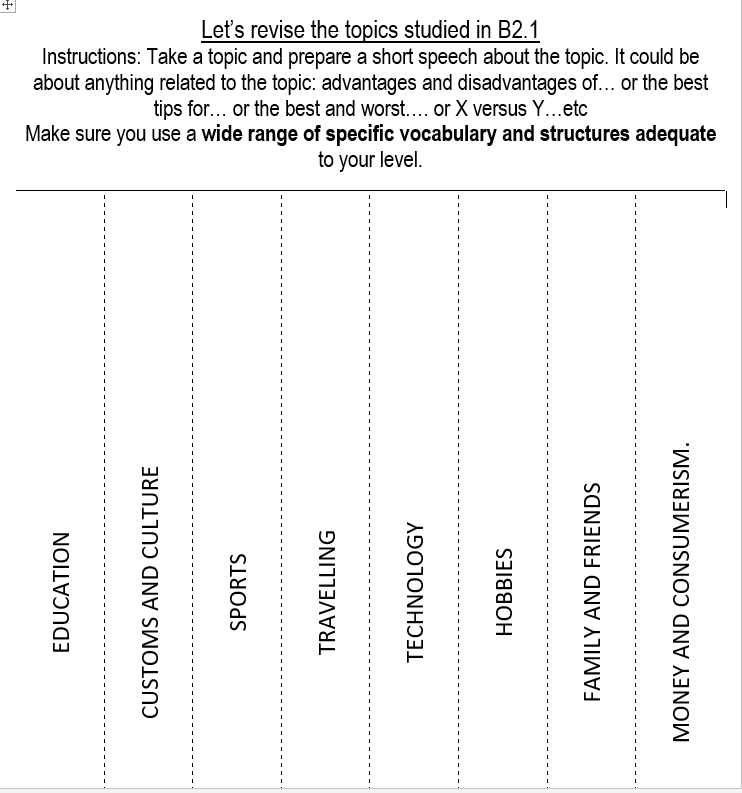I’m not going to lie to you and tell you this is one of those quick posts that you can throw together on a whim because it’s not. It has taken some time to gather all the data needed to create this quiz. Jotting down common mispronunciations is not something you do in a day. You need to be a patient person. You need to listen, correct the mistake and write it down again and again. And only when you see the mistake is repeated consistently, you decide it’s a common pronunciation mistake.

With all the papers that clutter my desk while teaching, it has also helped tremendously to have a large post-it note on my desk where I could easily and quickly store all these mistakes I have been hearing repeatedly in class.
HOW TO USE THIS QUIZ IN CLASS: GAME
I could easily tell my students to do this quiz at home as homework and I will probably do it. Too. However, so much time and effort have been used in creating this quiz that I cannot just give it to them and hope they do it. Some students might do it but… all of them? I am not that naive. I need to make sure they all correct these common mispronunciations. I don’t want to hear them ever again.
Procedure:
Why a game and not just the quiz? because I firmly believe students learn better if they are engaged and having fun. I also believe in reinforcing and consolidation. So after the first game-like quiz, there is always a follow-up of some kind.
- Ideally, students will work in pairs.
- Give each student a card with A written on one side and B written on the other side. For practical purposes, you can give them an index card or a scrap of paper and ask them to write a big A on one side and a big B on the other side.
- Tell students they are going to do a pronunciation quiz containing some common pronunciation mistakes. Each slide will feature a commonly mispronounced word and two possible answers. The first answer in the quiz will be considered ” A ” and the second answer will be “B”.
- Tell students they will need to silently read the question and decide on the correct answer. Tell them that on the count of three, they will need to show their partner their option: A or B. Emphasize that they should both show their answer at the same time.
- Choose the correct answer on the displayed quiz and drill pronunciation. Students keep score of the points they get. One point for each correct answer.
Follow -up:
- At the end of the class, do the exercise again. This time, students will work in pairs again but on the count of three, they will need to tell each other the correct answer.
- The next day, write some of the words on the board and check they know how to pronounce them.
And here’s the quiz. Please, notice that correct answers reflect standard British and American pronunciations backed up by MacMillan and Cambridge online dictionaries.
Up to a little challenge?










